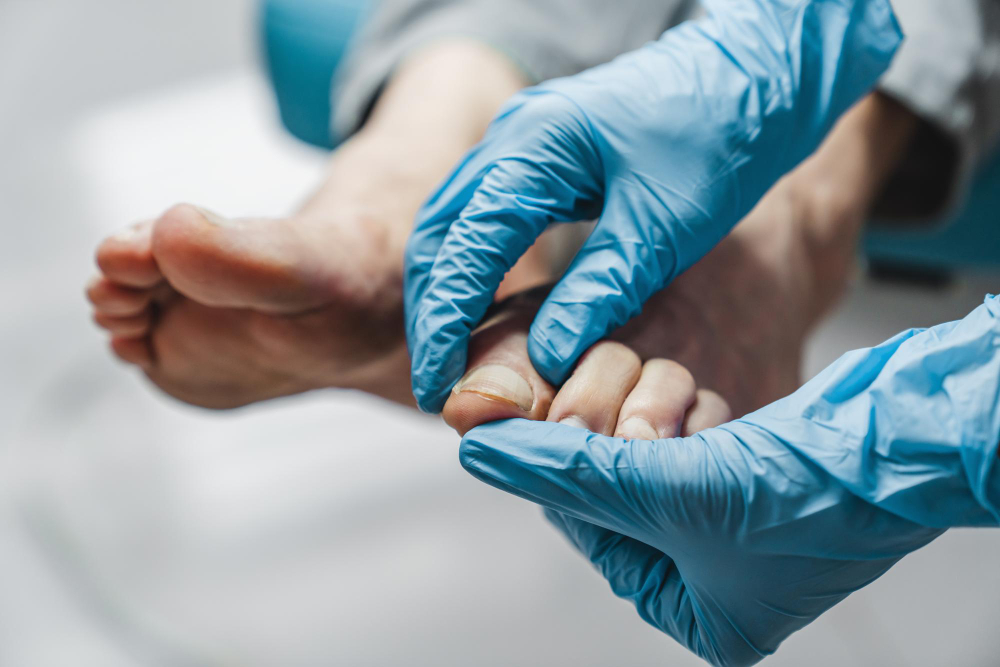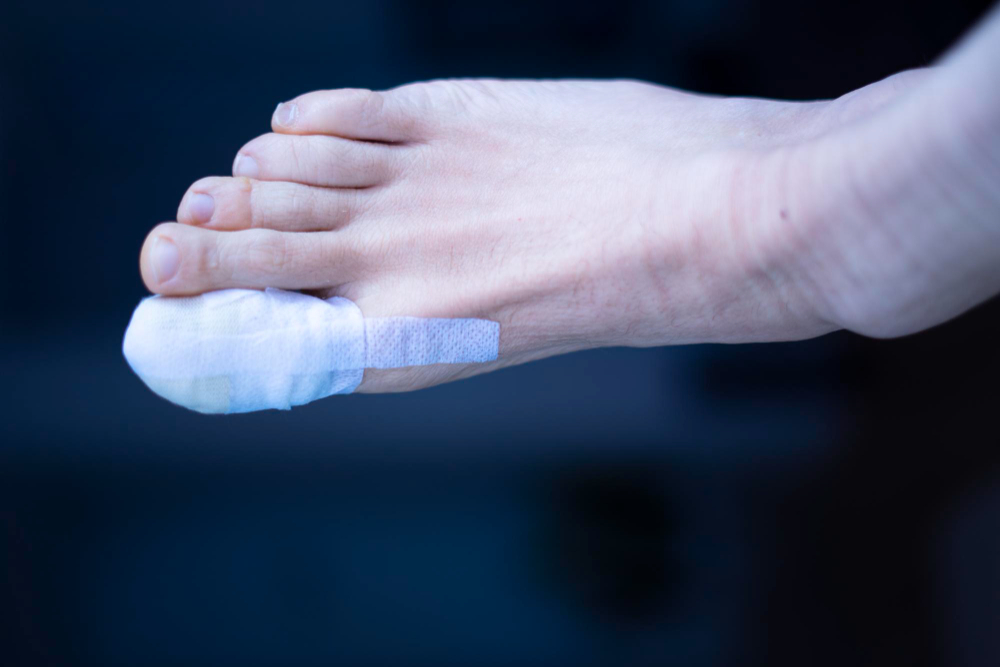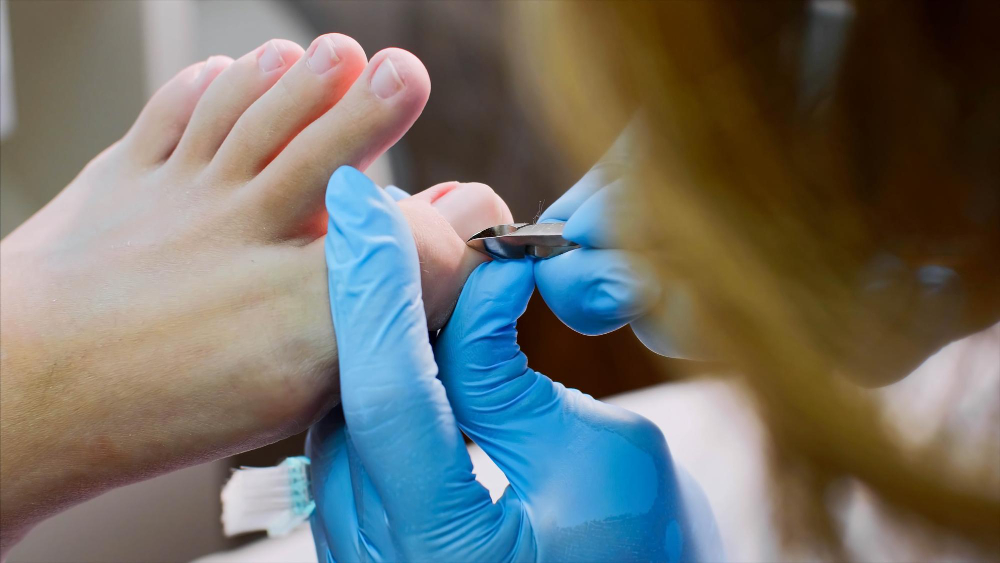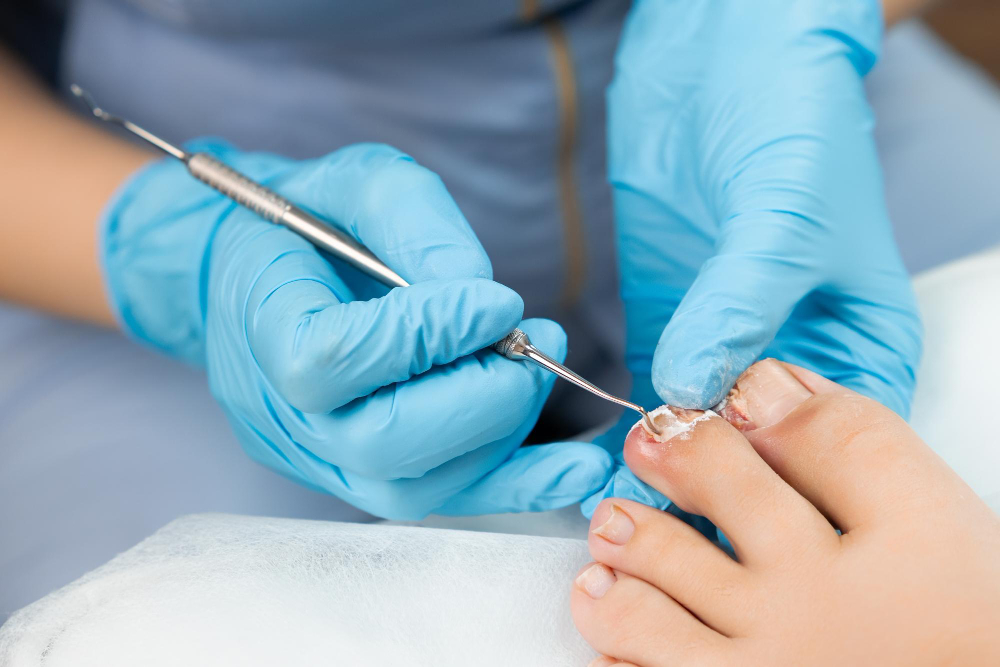Ingrown toenails can be incredibly painful and often disrupt daily activities. They occur when the corner or side of a toenail grows into the surrounding skin, causing redness, swelling, and discomfort. While mild cases can be managed with at-home remedies and proper foot care, more severe cases may require surgical intervention to alleviate the pain and prevent further complications. In this blog, we will explore when ingrown toenail surgery is appropriate and what the surgical procedure typically involves.Gum disease is common and unpleasant, but, according to a growing body of evidence, it could also play a role in a surprising range of seemingly unrelated health problems. Cleaning your teeth may be even more important than you thought. Plaque — a sticky substance that contains bacteria — builds up on teeth. If it is not brushed away, the bacteria can irritate the gums.
When is Ingrown Toenail Surgery Appropriate?
- Recurrent Ingrown Toenails: If you are experiencing persistent or recurrent ingrown toenails, despite attempting conservative treatments like warm foot soaks and proper nail trimming, surgery may be necessary. Recurrence can indicate that the problem is deeper than can be addressed with non-invasive methods.
- Infection or Abscess Formation: When an ingrown toenail becomes infected or leads to the formation of an abscess, surgical intervention is often recommended. Infections can cause significant pain, redness, and discharge, indicating the need for more aggressive treatment.
- Chronic Pain and Discomfort: Chronic pain and discomfort that affect your ability to walk, wear shoes, or carry out daily activities warrant consideration for surgical correction. Ingrown toenails that cause ongoing pain can have a substantial impact on your quality of life.
- Ingrown Toenails in Individuals with Diabetes or Circulatory Issues: People with diabetes or poor circulation should be cautious with ingrown toenails, as they are at greater risk of developing complications. For them, prompt surgical management is crucial to prevent potential infections and ulcers.
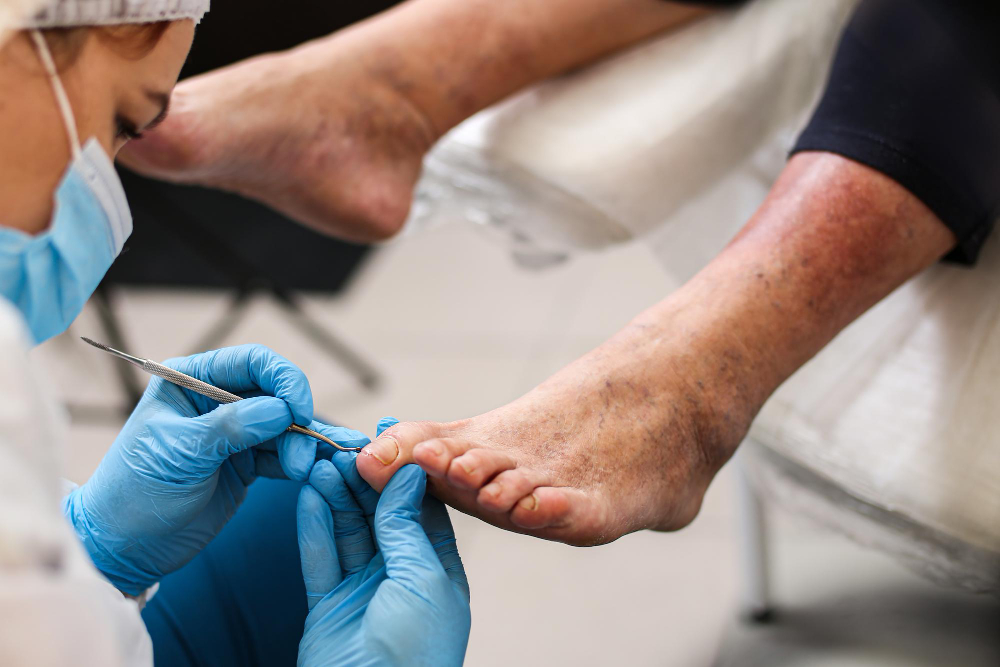
Martial arts figure prominently in many Asian cultures, and the first known traces.
What’s Involved in Ingrown Toenail Surgery?
- Consultation and Assessment: The first step is to consult a qualified podiatrist or foot surgeon. They will evaluate your ingrown toenail, assess its severity, and discuss your medical history to determine if surgery is the best course of action.
- Anesthesia: Ingrown toenail surgery is typically performed under local anesthesia to numb the toe and surrounding area. This ensures you are comfortable and pain-free during the procedure.
- Nail Removal (Partial or Total): The surgeon will carefully remove the ingrown portion of the toenail. In some cases, only a portion of the nail is removed (partial nail avulsion), while in more severe cases, the entire nail may be removed (total nail avulsion).
- Ensuring Proper Growth: After removing the ingrown nail, measures may be taken to prevent future ingrowth, such as applying a chemical solution or using a laser to destroy the nail matrix responsible for nail growth.
- Dressing and Recovery: The toe will be dressed with a sterile dressing to protect the surgical site and promote healing. Post-operative care instructions will be provided, including proper wound care, activity restrictions, and follow-up appointments.
- Recovery and Healing: The recovery period involves keeping the foot elevated, taking prescribed medications, and avoiding strenuous activities. The healing process may take several weeks, during which the nail regrows and the surgical site heals.
Ingrown toenail surgery is a safe and effective procedure that can provide lasting relief from the pain and discomfort caused by ingrown nails. If you’re experiencing persistent issues with ingrown toenails, consult a foot specialist to determine the best course of action and improve your overall foot health and well-being.

